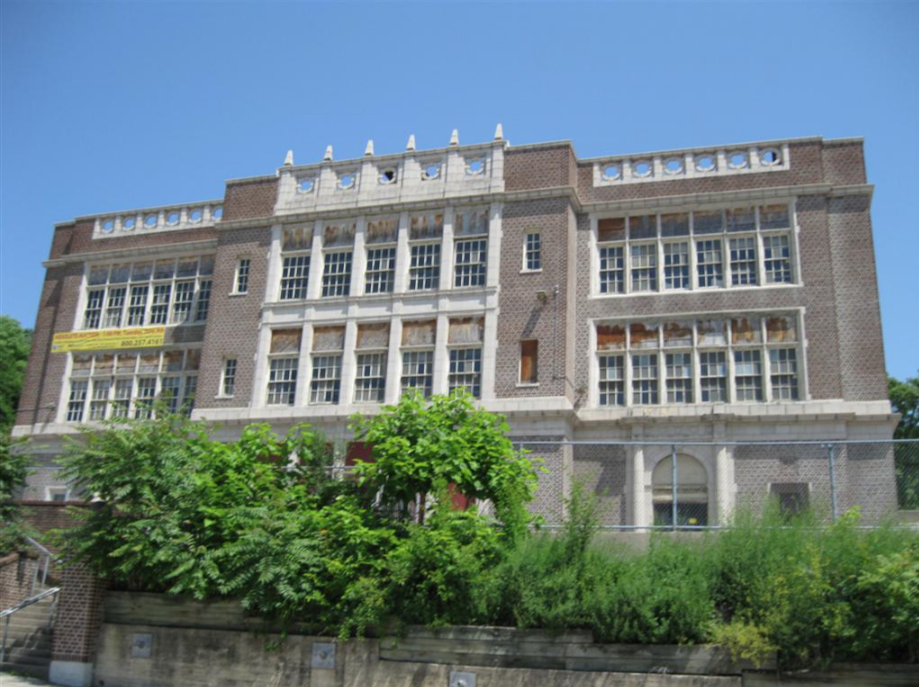Trail Location 17: Churches and Schools
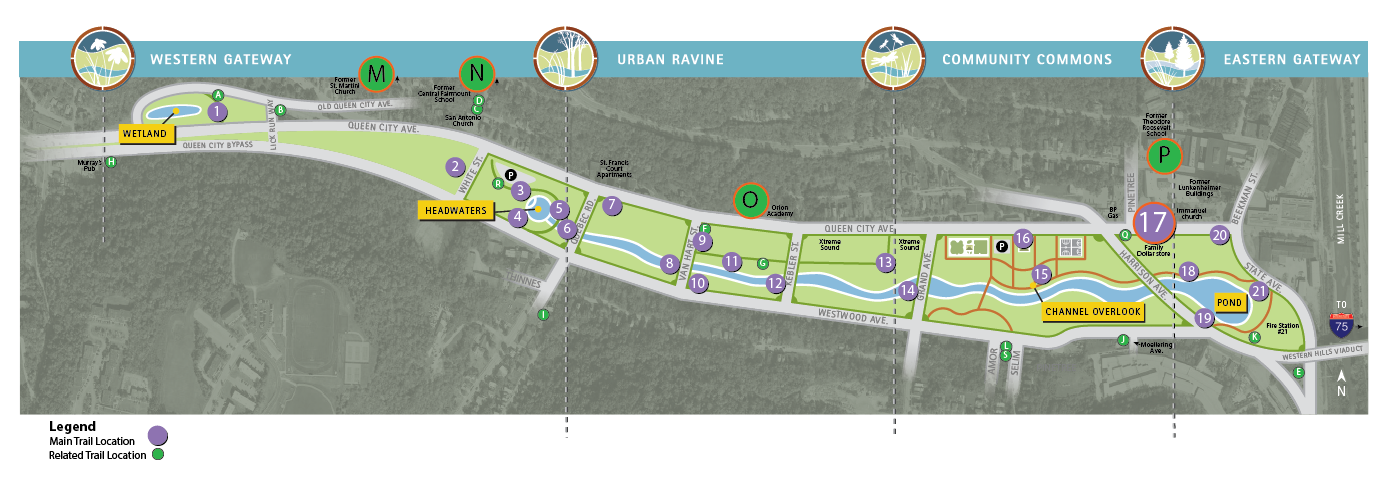
Walking Tour? VIEW THE TRAIL LOCATION IN GOOGLE MAPS >
The Churches and Schools trail location includes a main stop at Trail Location 17 and four related stops:
- TRAIL LOCATION 17: BUILDING A COMMUNITY IN CHURCHES AND SCHOOLS >
- TRAIL LOCATION M: MARTINI CHURCH >
- TRAIL LOCATION N: CENTRAL FAIRMOUNT SCHOOL >
- TRAIL LOCATION O: ST. BONAVENTURE >
- TRAIL LOCATION P: THEODORE ROOSEVELT SCHOOL >
TRAIL LOCATION 17: BUILDING A COMMUNITY IN CHURCHES AND SCHOOLS
The story of South Fairmount revolves around industry and small, family-owned businesses. However, for more than 200 years, churches and schools have been the glue bringing people together and creating a vibrant, ever-evolving neighborhood. In particular, the story of the churches and schools in South Fairmount helps us understand how two very different immigrant populations built a community.
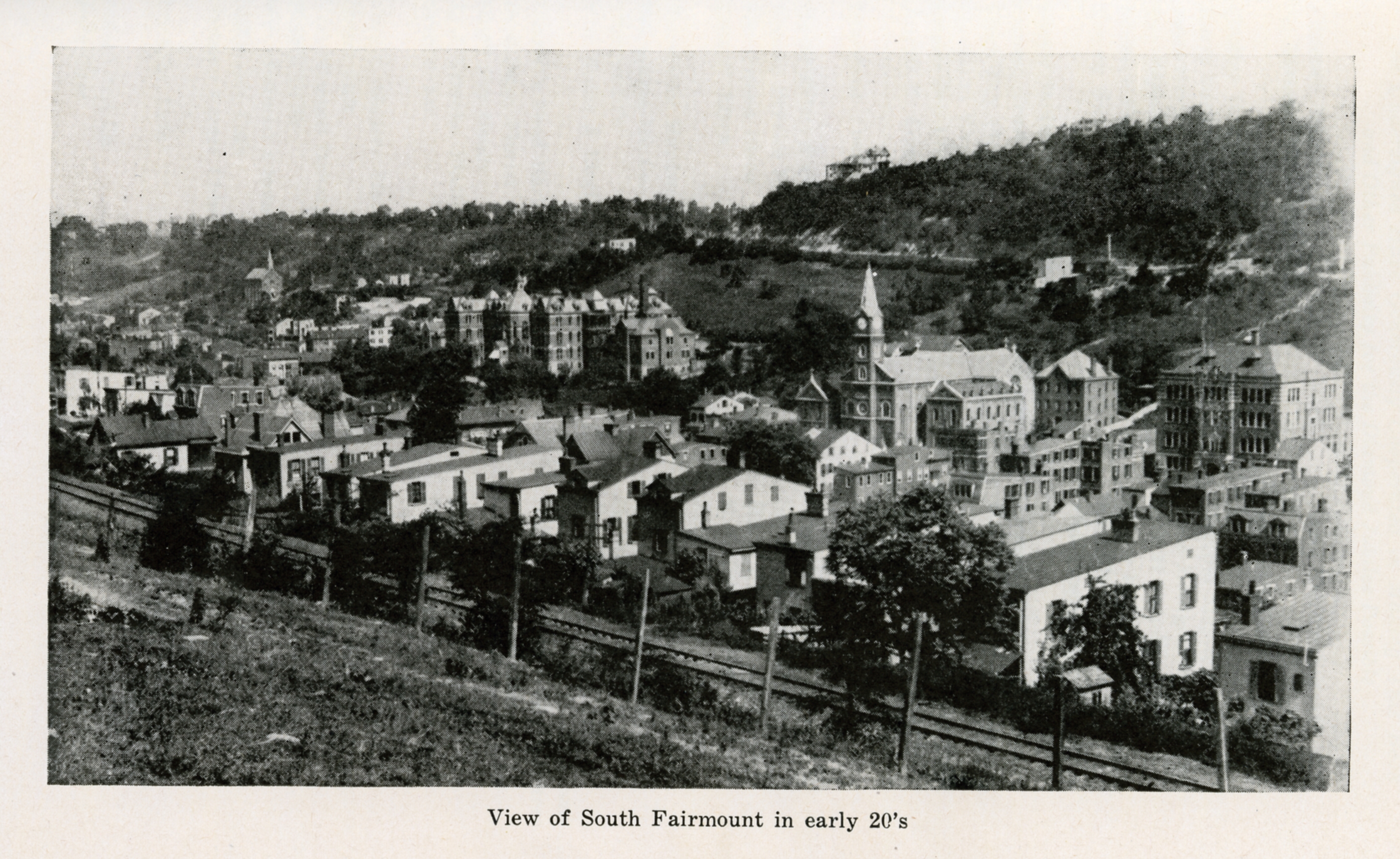
in the background (left). Photo source unknown.
Germans Arrived First
The population of Fairmount surged in the mid to late 19th century with an influx of predominanty German Catholic immigrants. For these immigrants, everything from the language to the culture was different from what they knew. Many of the established churches and schools in the area were Protestant, but as the Catholic population increased, so did the need for a space for Catholic worship and to assemble as a community.
The first of these institutions was St. Peter Church, built in 1844 at 2153 Queen City Avenue (the original church building and adjacent school are still standing). After 20 years, the community outgrew the church and school, resulting in the Archbishop of Cincinnati authorizing construction of St. Bonaventure Church. St. Bonaventure opened its church in 1869 and a school in 1871.
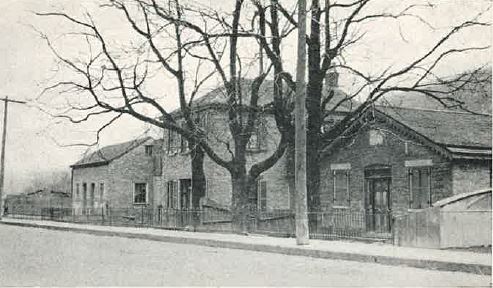
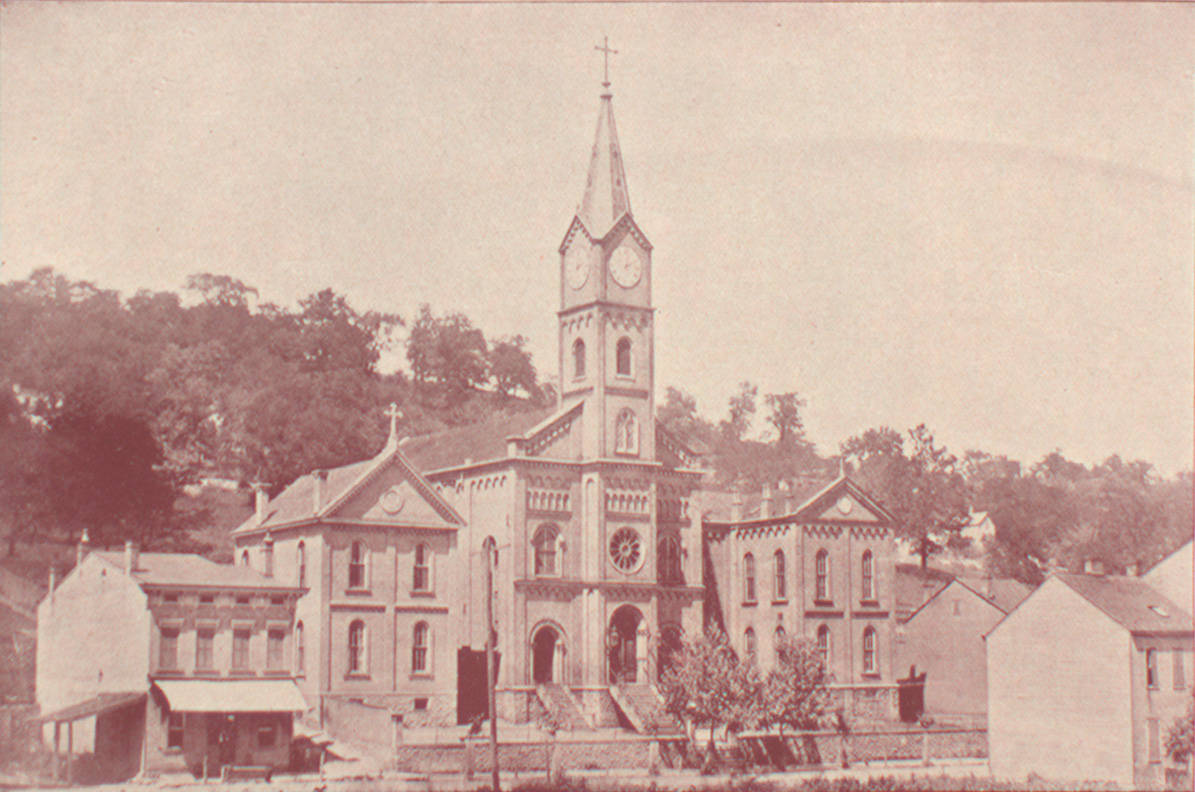
Other churches, including the Martini Evangelical Church and Immanuel Church, opened in the late 1800s to serve the Protestant German population.
For more information about the Martini Church, please see below.
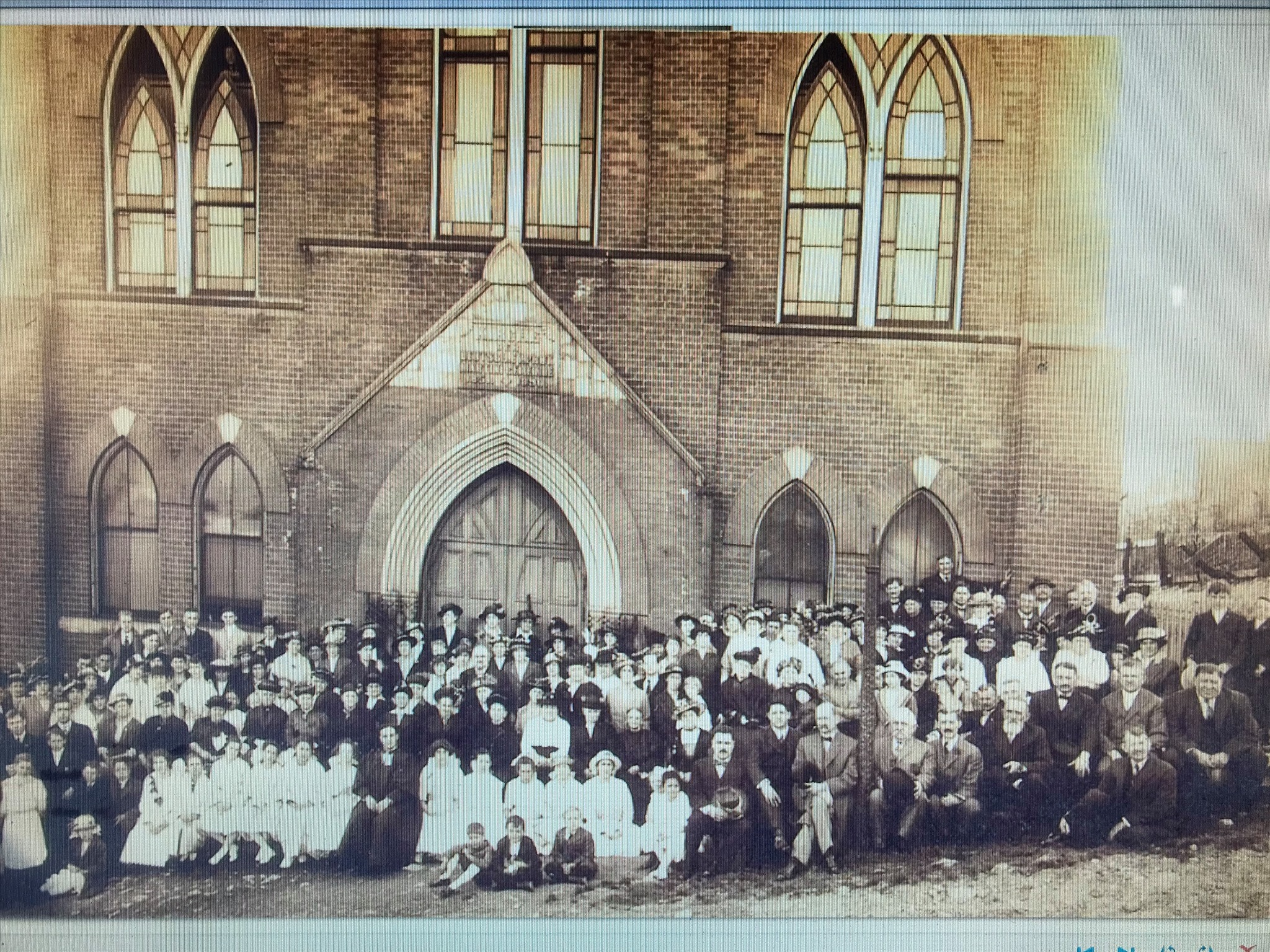
The roots of Immanuel Church (now known as the Immanuel United Church of Christ) predate its current location at 1520 Queen City Avenue. The first congregation of the church, composed of mainly German immigrants and working-class local residents, assembled in 1886 at the corner of Tremont and Lawnway streets. Although not as well known as other traditional German churches located in Fairmount, the church played a significant role in supporting this sector of the community. By the 1920s, it outgrew its original space on the corner of Tremont and Lawnway streets and, in 1927, the church relocated to its current Queen City Avenue location where it is still in operation. The historical two-story, Gothic Revival building serves as a beautiful example of a community institution that continues to serve the ever-changing tapestry of residents in South Fairmount.
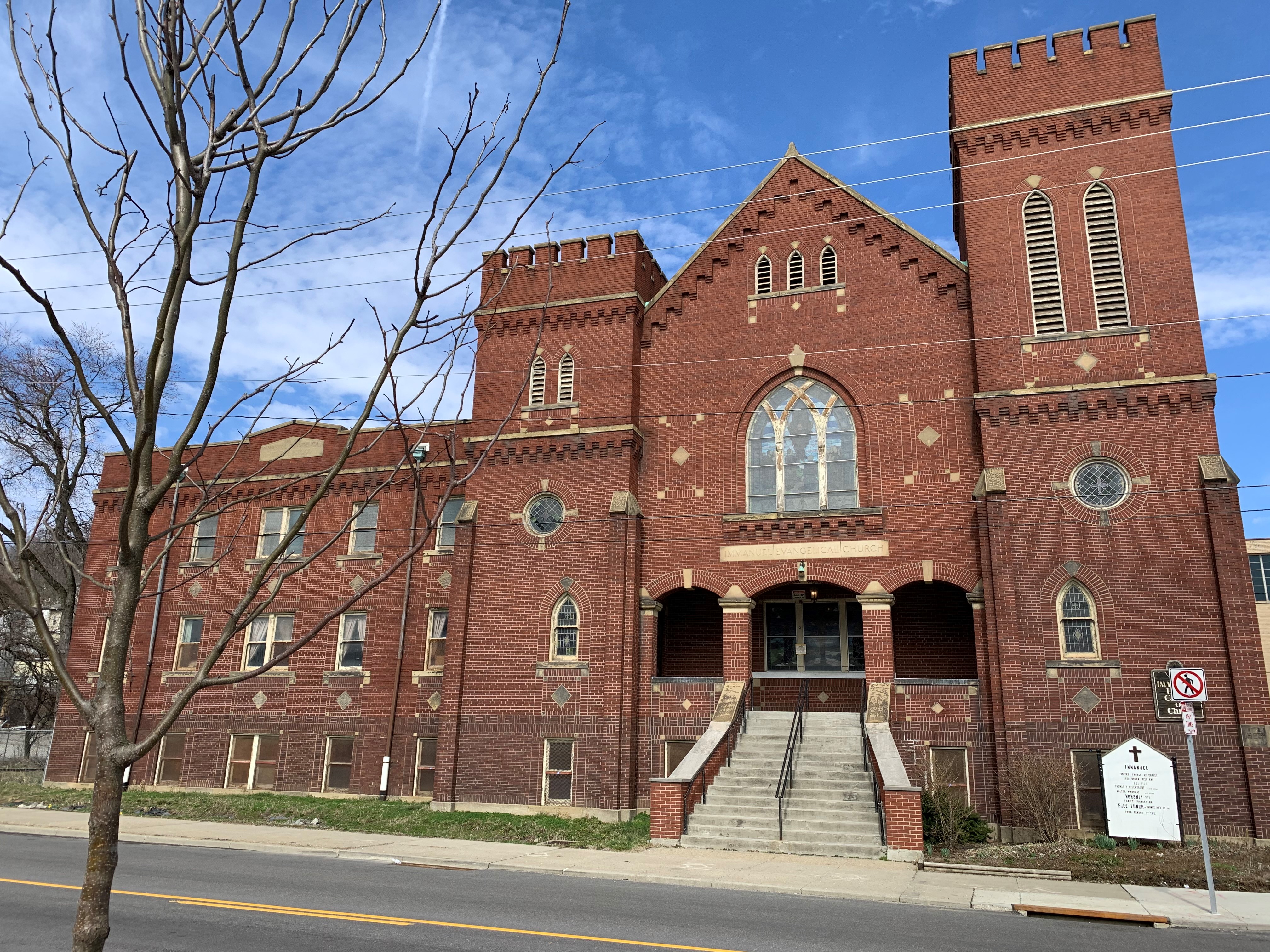
Here Come the Italians

The Italians who immigrated to Fairmount in the late 19th and early 20th centuries moved into a community with an established German presence. Although German and Italian immigrants shared the common experience of being strangers in a new land, their differences in language and culture made it hard for Italians to feel at home in the existing community institutions. As a result, the Italians opened San Antonio Church to serve as their cultural center, a place to go for spaghetti suppers and community festivals, and to experience a shared cultural heritage. For more information about San Antonio Church, please visit the Little Italy page.
TRAIL LOCATION M: MARTINI CHURCH
Tucked away on the hillside off Saffin Avenue, the Martini Evangelical Church has been a presence in South Fairmount since 1851. The original name of the church was The German Evangelical Protestant St. Martin’s Church of Lick Run, but was shortened to Martini Evangelical Church around the turn of the century. All church records were in German until 1913.
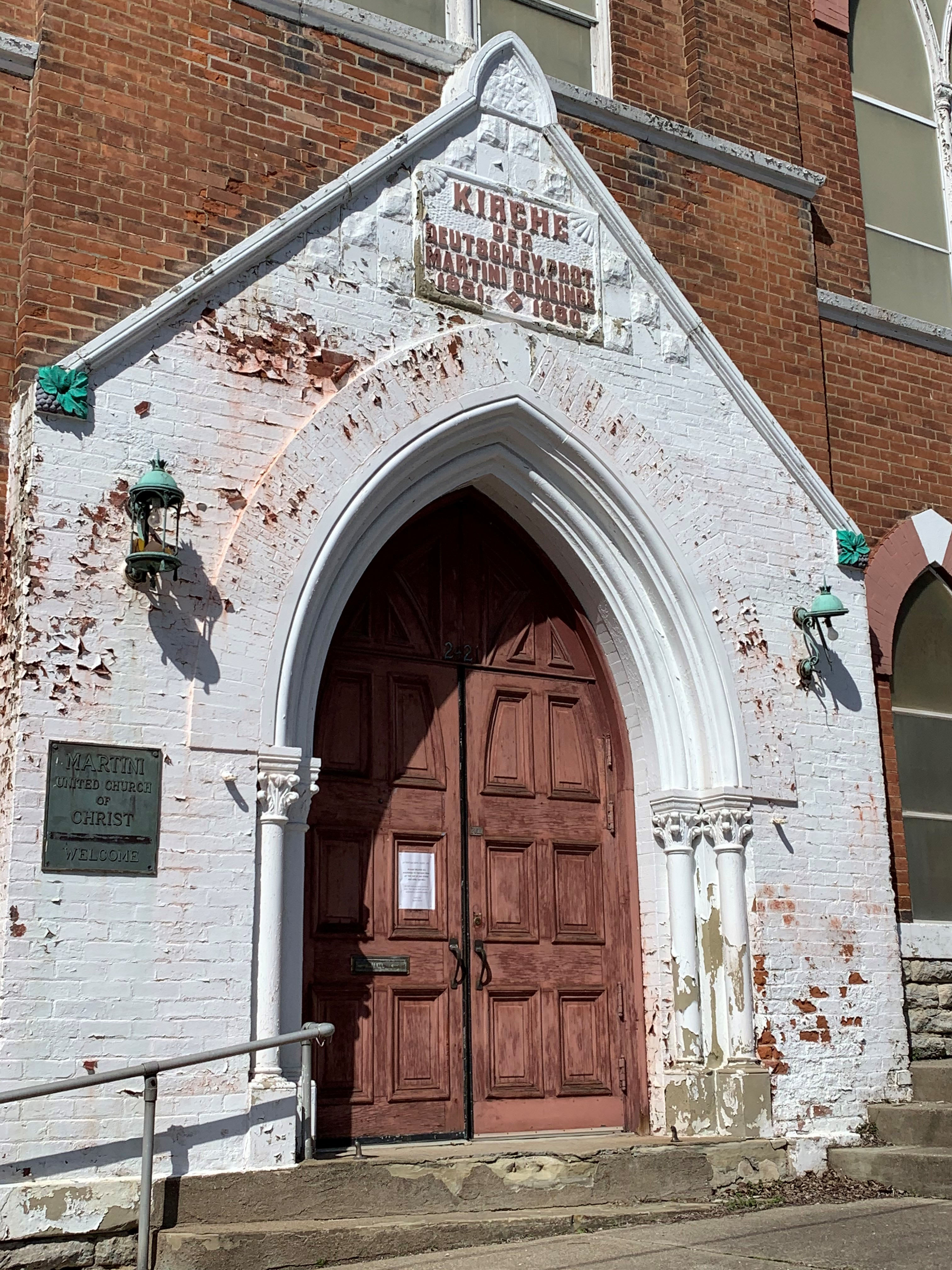
According to written church history: "...early in 1852, Mr. James Saffin, a public-spirited man, saw their need and presented them with enough land on the hillside on which to build a church. ... The Church was to be of frame, measuring 50 feet by 32 feet, with a school room of stone and a steeple in proportion. ... Work began immediately and on August 1, 1852, the cornerstone was laid with great rejoicing. Early in November, the building was completed and the interior furnished at a total cost of $1014.00."
"...After a few years, a bell was added, which not only called to worship, but was rung in case of a fire or other calamity in the valley. In 1854, 4 1/2 acres of land adjoining the church were bought for a cemetery.
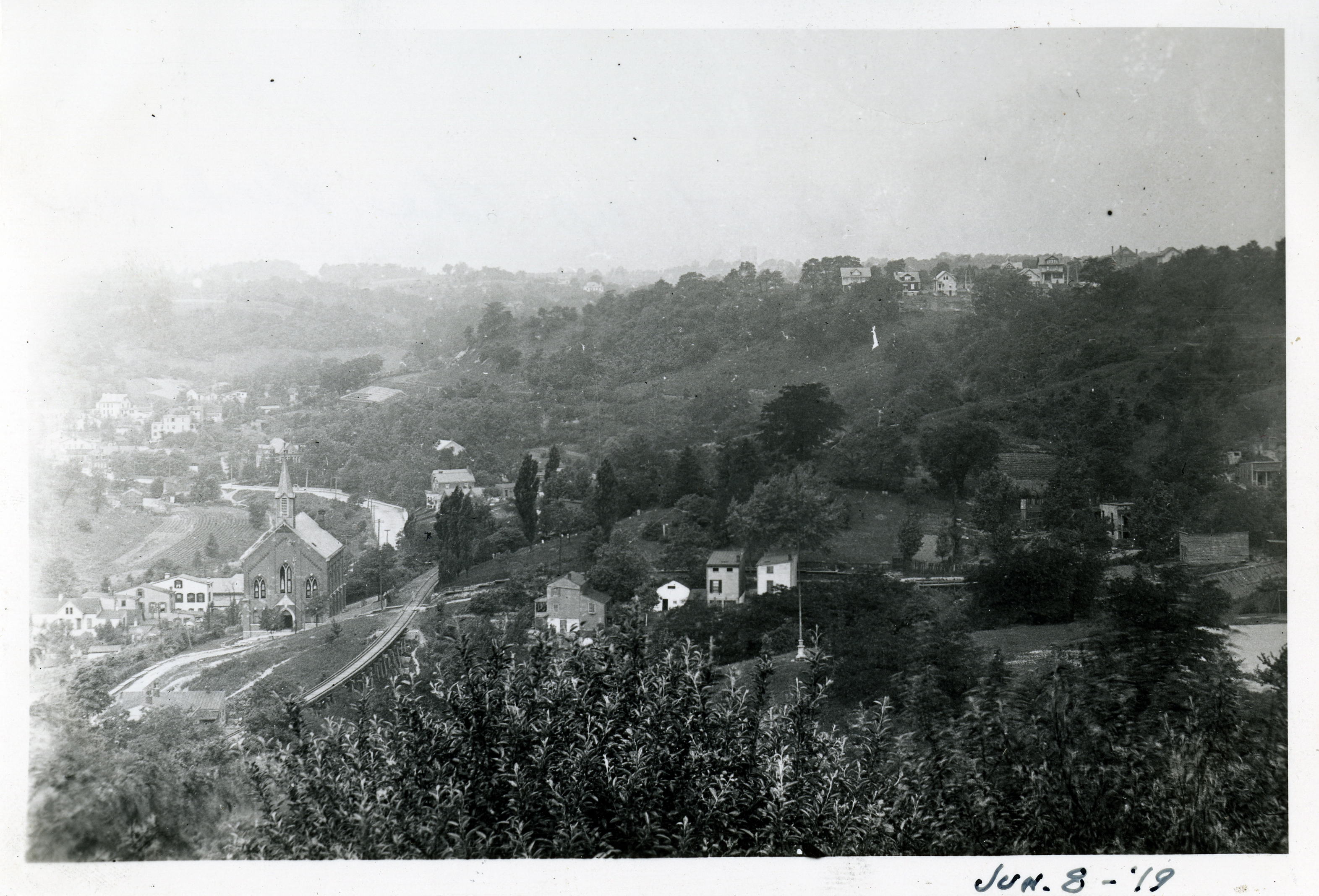
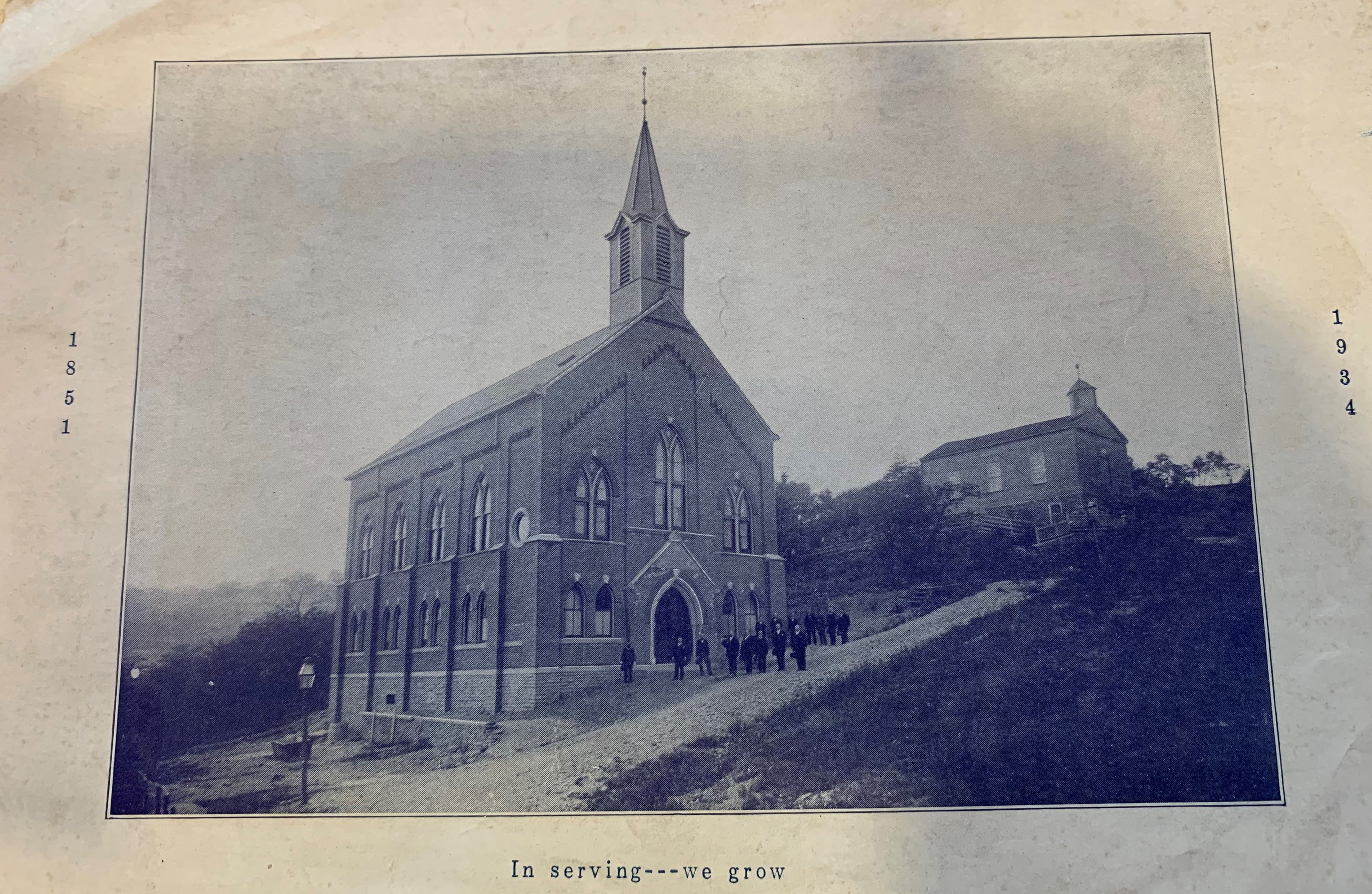
By 1890 the old frame church had outgrown its usefulness... A new and larger church was desired and the congregation decided to build, that year, on their own ground at Horton and Saffin streets (the present location). The church was to be of brick, measuring 78 feet by 45 feet, to have two stories and a steeple one hundred feet high. it was just about this time the name St. Martin's was changed to Martini. In March of the following year (1891), the new church was completed and furnished at a cost of $13,264.00."
Rev. William Kohler, who served the church as its pastor from 1919 until he retired in 1960, greatly expanded the congregation and oversaw the transition of the church from services in German to English. Between 1919 and 1924, Kohler, who was a German immigrant, held services in German one Sunday morning and in English the next. He then offered services in English every Sunday, and German services twice a month. By the late 1940s, the transition was complete, and services were only held in English.
Martini Church closed in 2009, and the building is no longer used as a church.
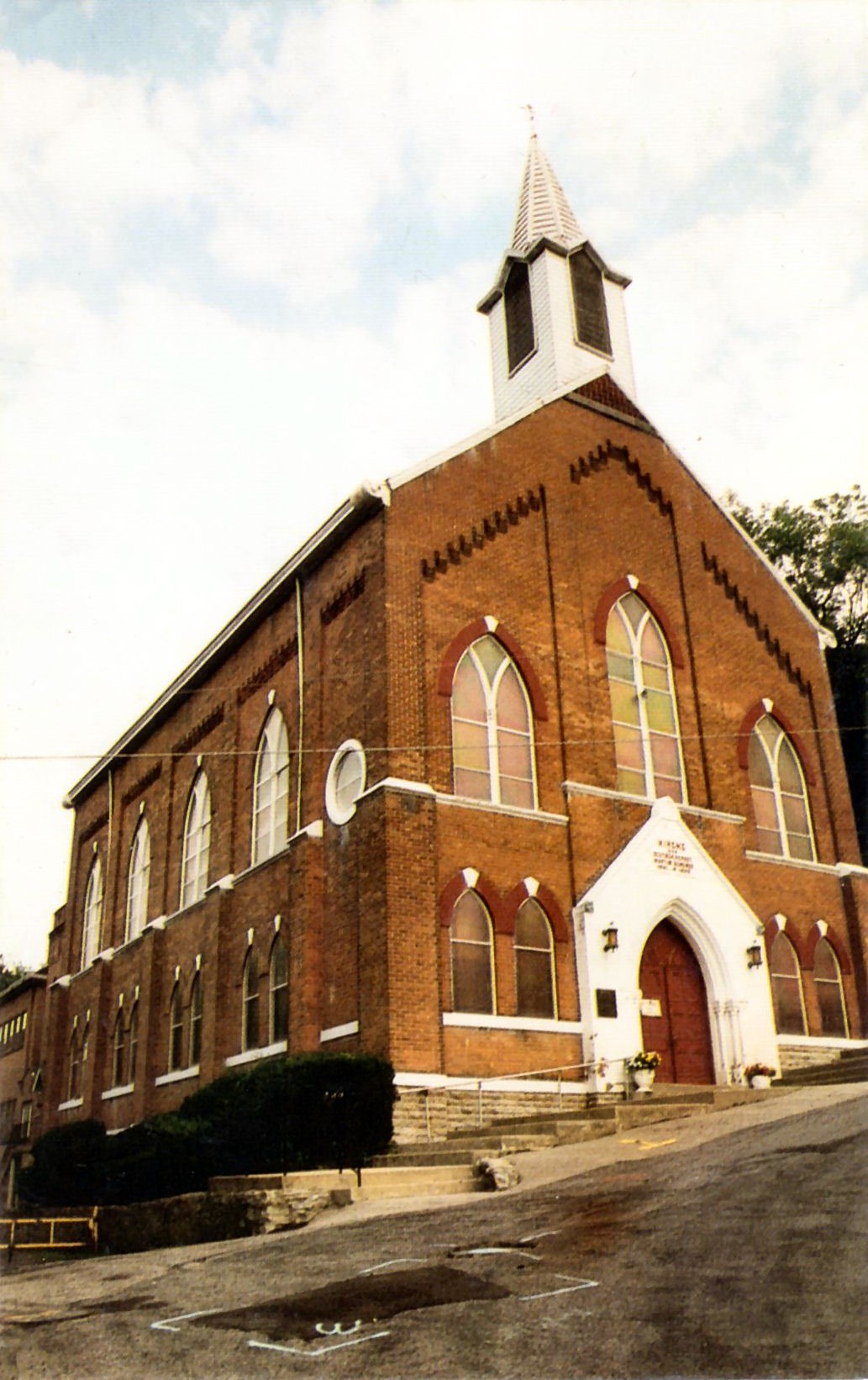
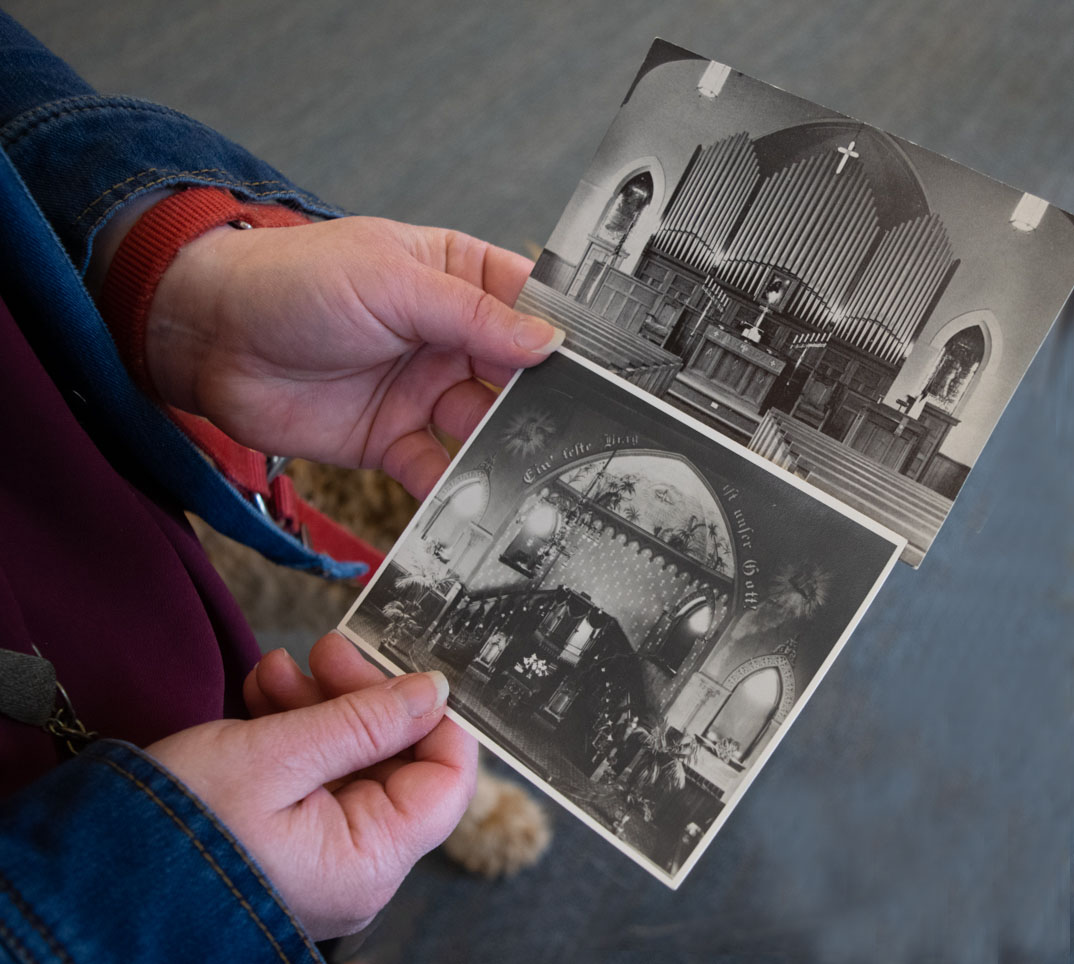
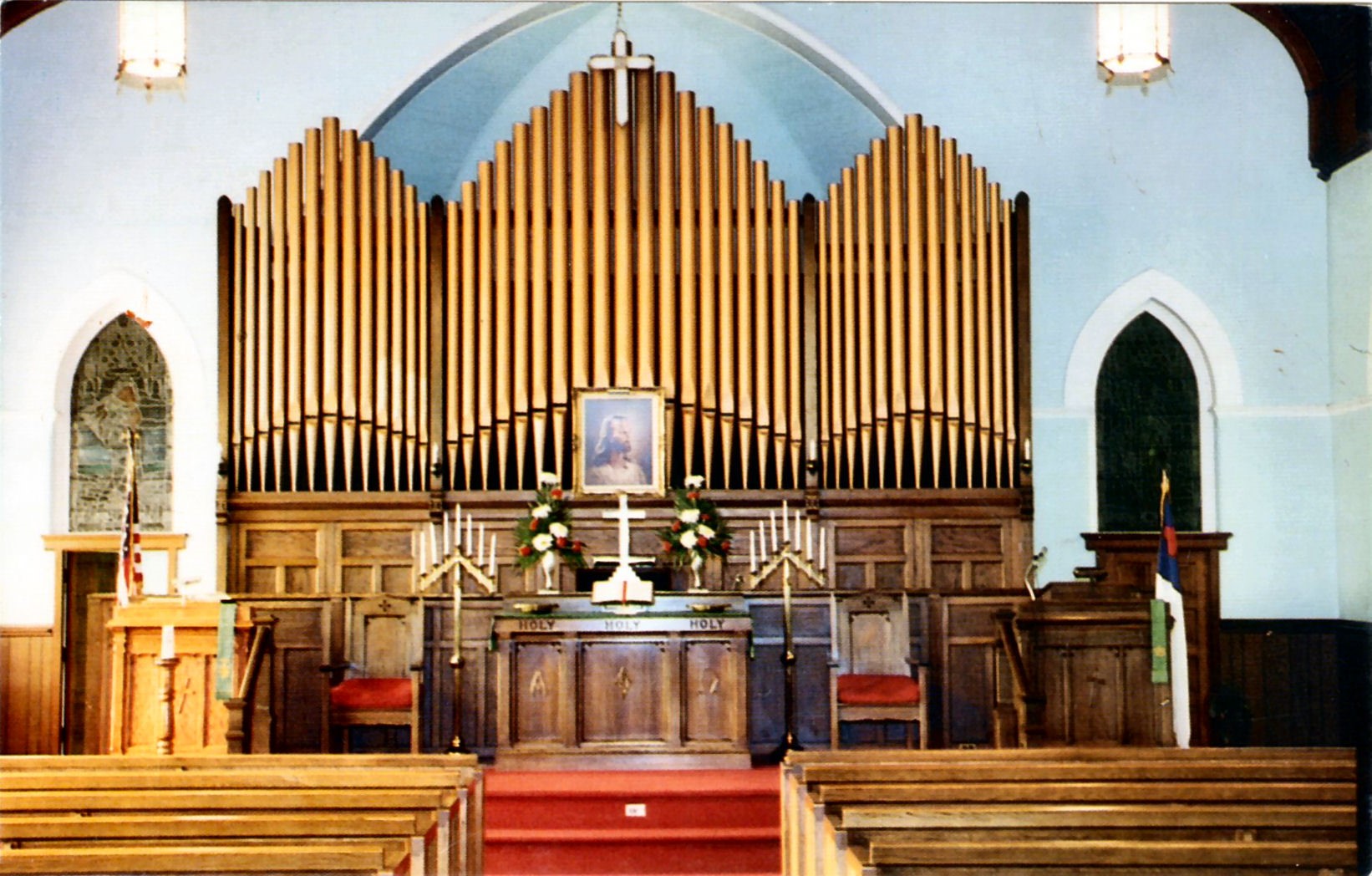
Voices from the Community
Tim and Maribeth Harvey on Martini Church:
TRAIL LOCATION N: CENTRAL FAIRMOUNT SCHOOL
The Central Fairmount School at 2475 White Street was built in 1906 and serves as an excellent example of the Jacobethan architectural style. The school was designed by Edward H. Dornette, who is noted for designing similarly styled educational buildings locally. An addition to the school was constructed in 1971.
In 2008, Central Fairmount permanently closed its doors.

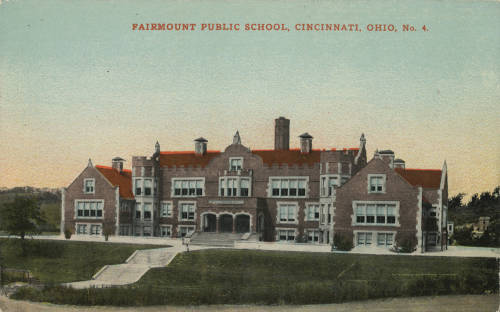
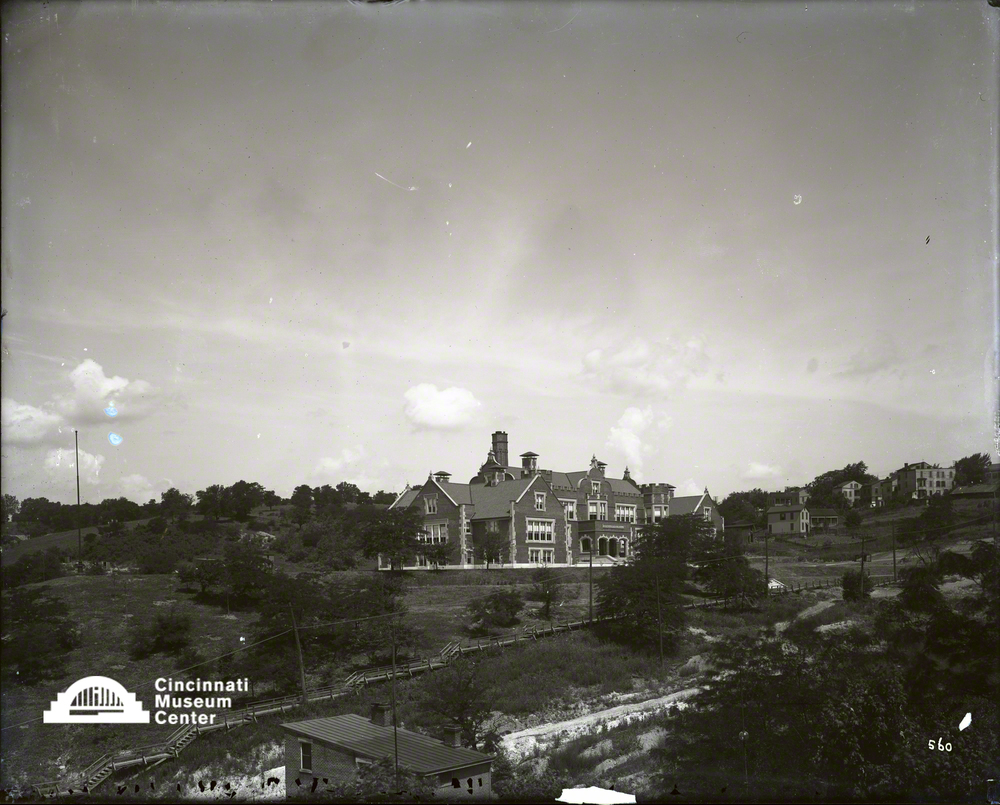
TRAIL LOCATION O: ST. BONAVENTURE

The St. Bonaventure Church and School complex is possibly the best known German religious institution in the South Fairmount neighborhood. Founded in 1871, two years after the establishment of the parish, the St. Bonaventure School engaged the Sisters of St. Francis from Indiana to teach classes. A second school building, completed in 1892, was used in conjunction with the original building until they were both replaced by a new school building in 1908. The new building featured an auditorium, electric lighting, and 10 classrooms, originally divided into five for boys and five for girls.
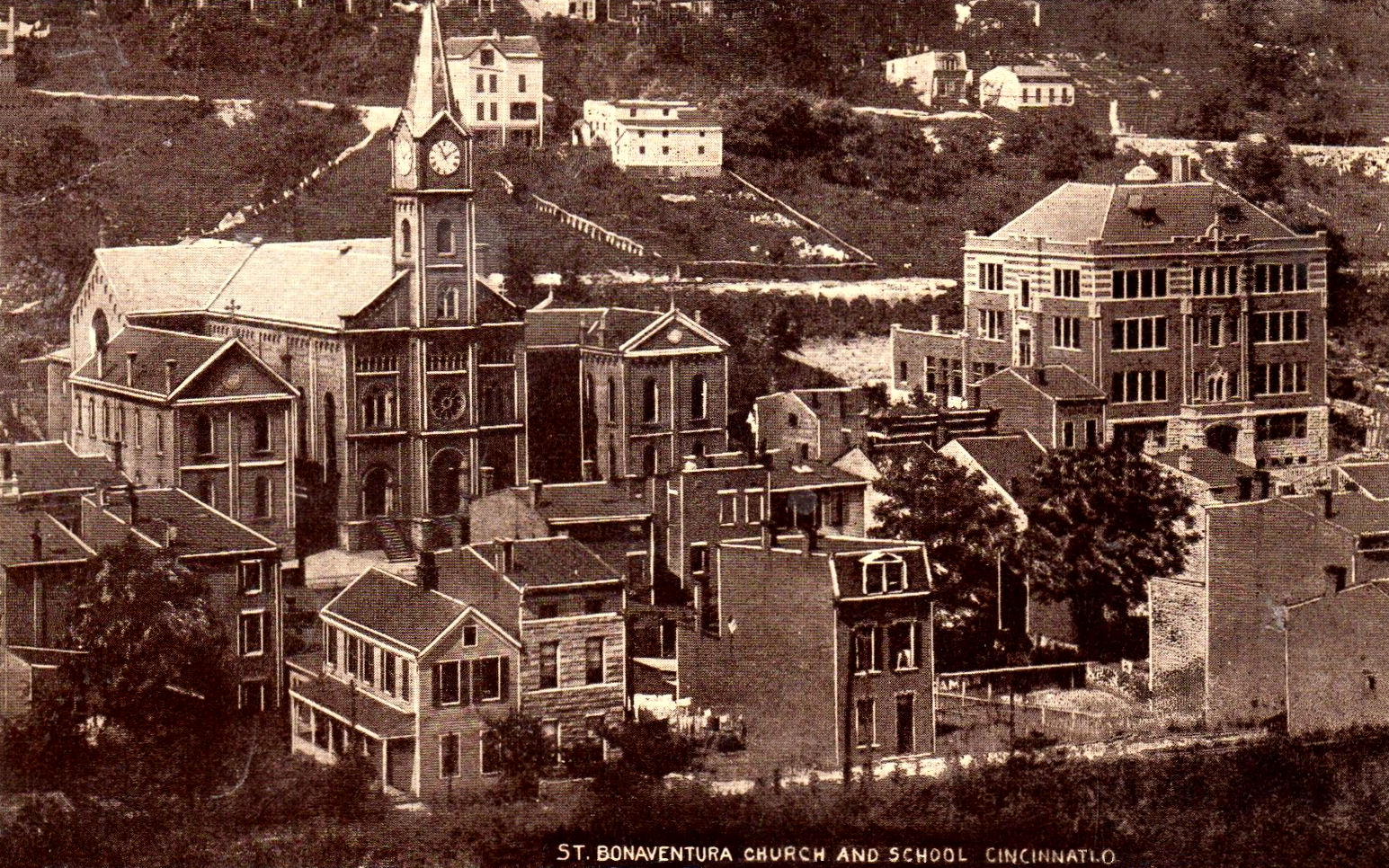
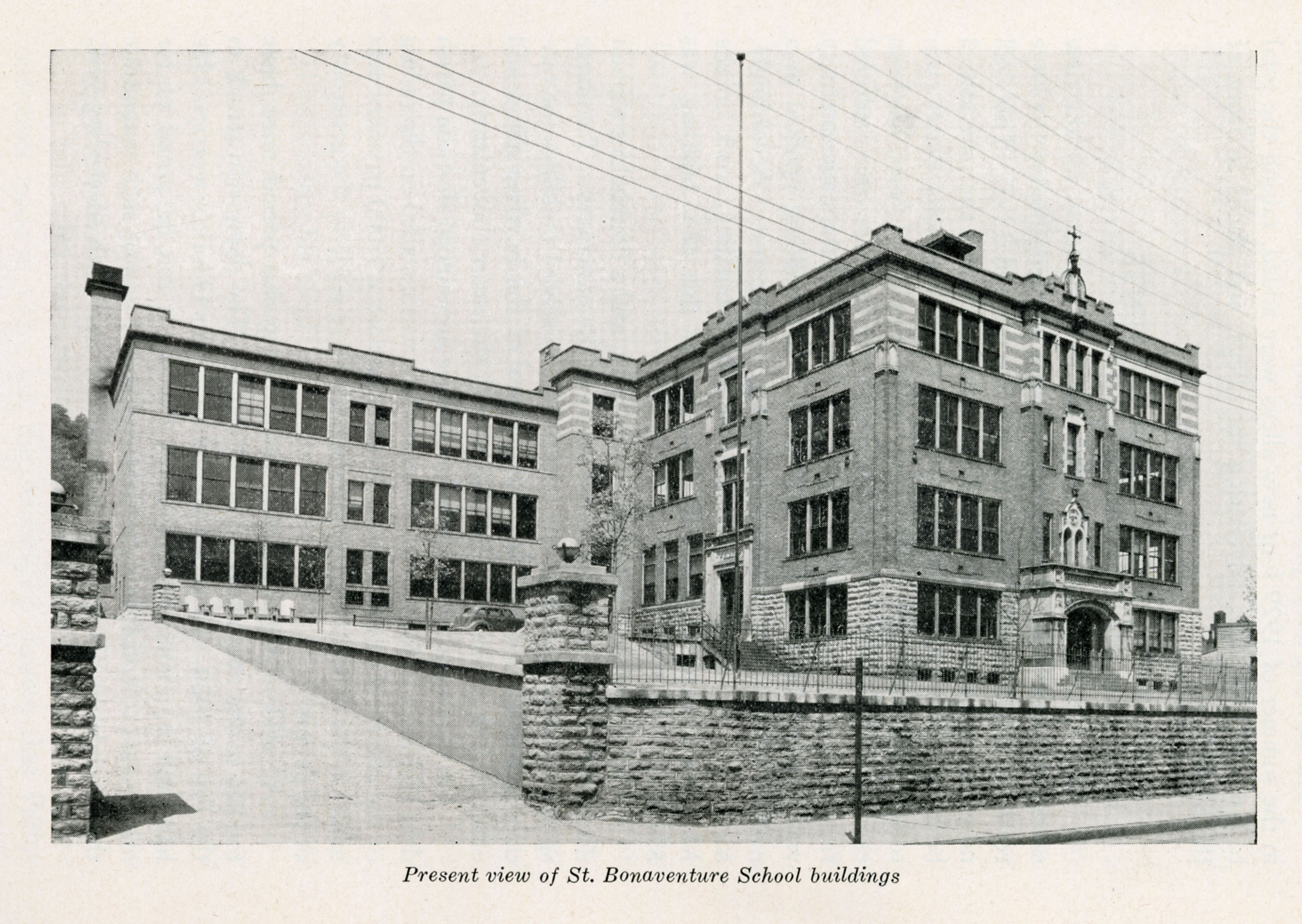
In the late 19th century, the St. Bonaventure School educated many of the German immigrant youths that moved into the neighborhood. Toward the early part of the 20th century, children from Italian immigrant families also joined the school community, as the traditionally Italian parish of San Antonio did not have its own school. In fact, one of South Fairmount’s most famous Italians, Buddy LaRosa, attended the St. Bonaventure School.
In 1920, the St. Bonaventure School enrolled more than 600 children. At its peak in 1950, the school had about 4,000 members. However, the congregation slowly declined over the next 50 years, enrolling only 120 students in 1980. The school was closed in 2003, and the church was demolished in 2004, but the original stairs and the 1926 school addition are still standing. A charter school called Orion Academy now operates in this location.
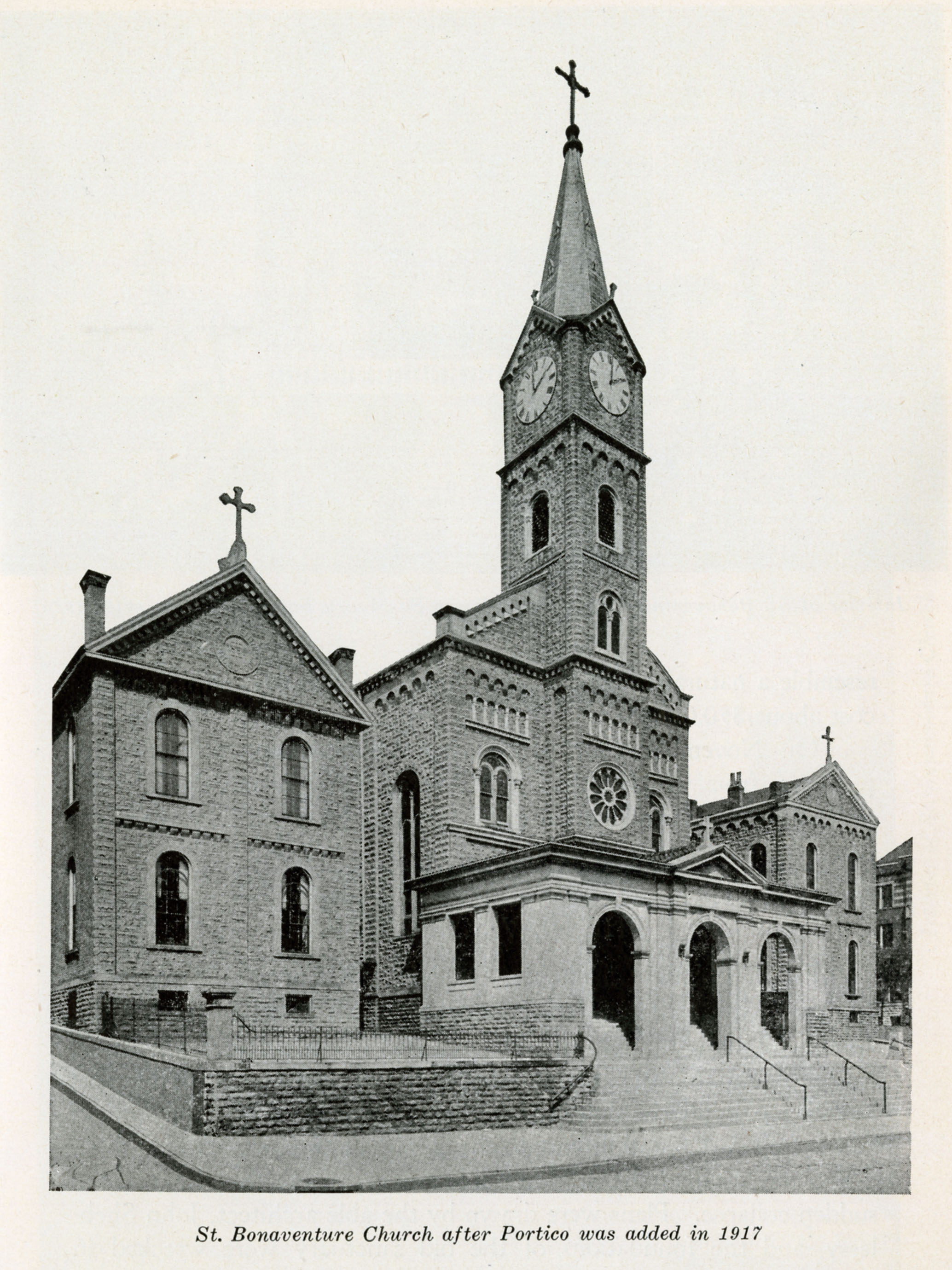

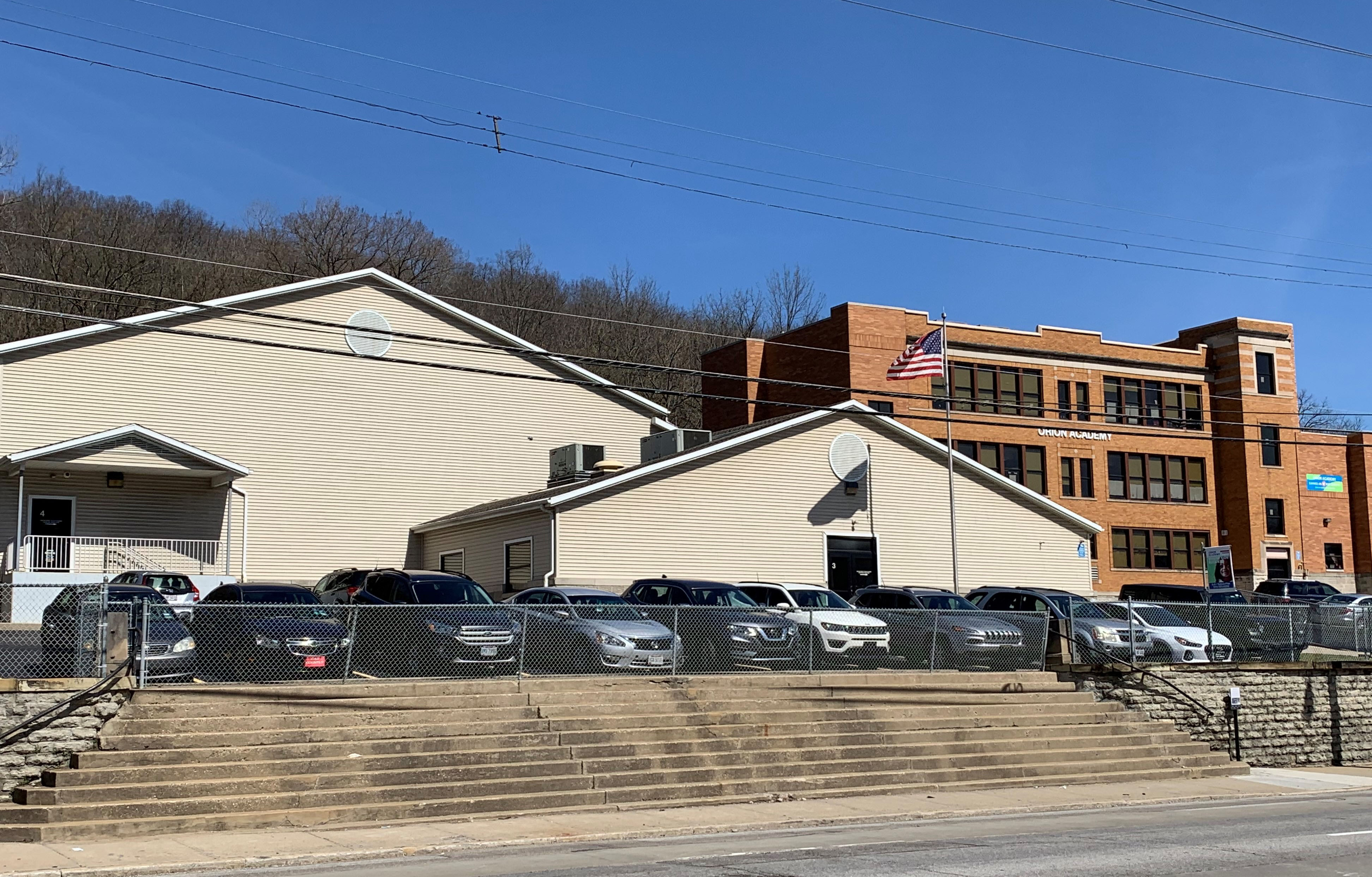
TRAIL LOCATION P: THEODORE ROOSEVELT SCHOOL
In 1925, the growing community of South Fairmount welcomed the opening of a new elementary school, replacing an earlier school on the same site.
The Theodore Roosevelt Elementary School at 1550 Tremont Street was built at a cost of almost $250,000 (this would be several million dollars today) and included an auditorium/gymnasium, a doctor’s office, a lunchroom, a library, a kindergarten, and 10 classrooms. The building was designed by one of Cincinnati’s celebrated architectural pairs, Fechheimer and Ihorst, who also designed the Ault Park Pavilion.
The Jacobean Revival-style structure, designed by A. Lincoln Fechheimer and Benjamin L. Ihorst, is visible from the Western Hills Viaduct and Lick Run Valley and is located adjacent to the old Lunkenheimer Valve Company complex. The school had an additional building built in 1964 to the rear of the structure, which is not connected to the original structure, as it sits on the opposite side of Waverly Avenue.
The school quickly became an integral part of the community, providing services to those who were most in need. In the 1930s, the school provided lunch during winter break to impoverished students, as well as children from the North and Central Fairmount schools. The school had an additional building built in 1964 to the rear of the structure, which is not connected to the original structure, as it sits on the opposite side of Waverly Avenue.
The school became a charter school sometime in the early 21st century, but closed its doors in 2014 after losing its accreditation and has not reopened as of 2024.
